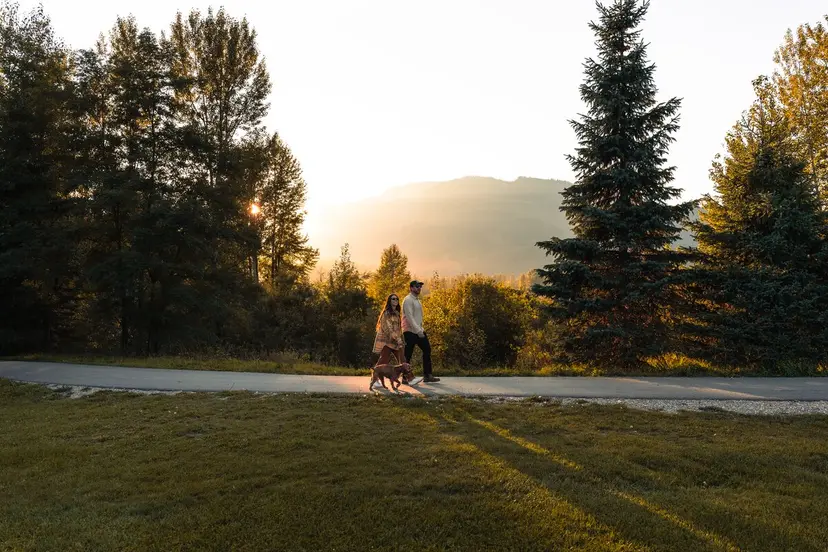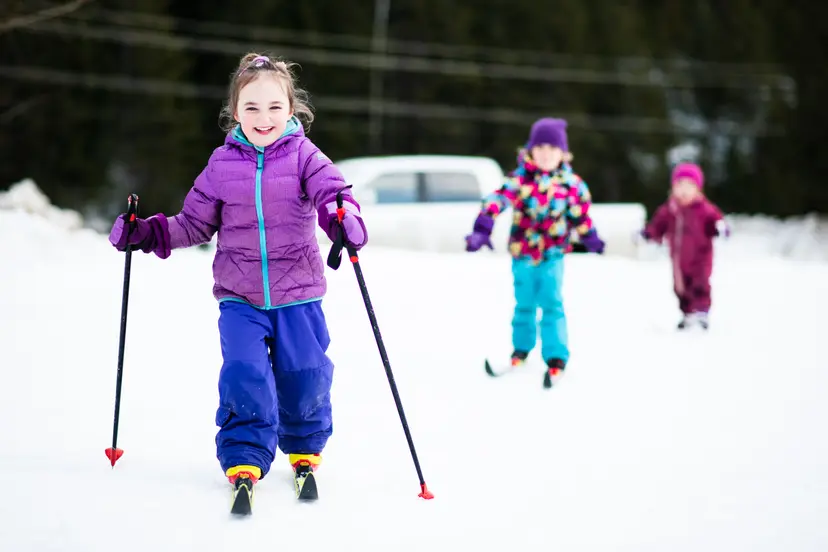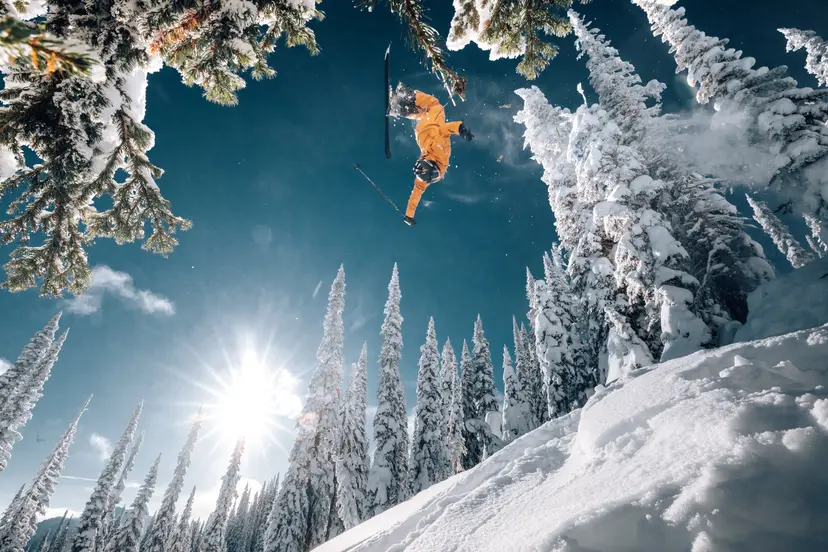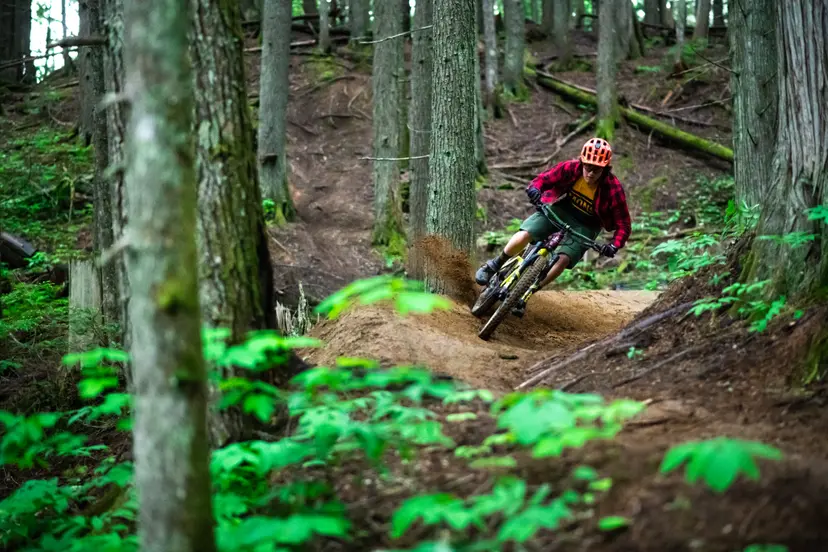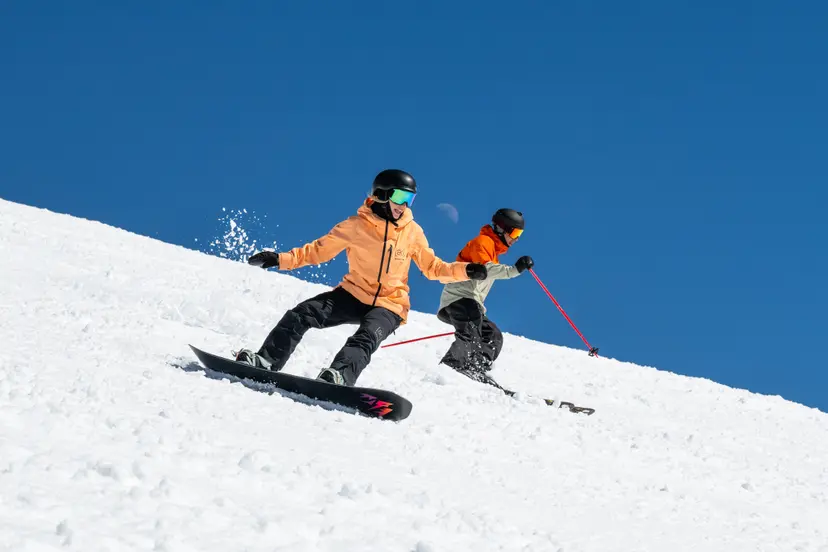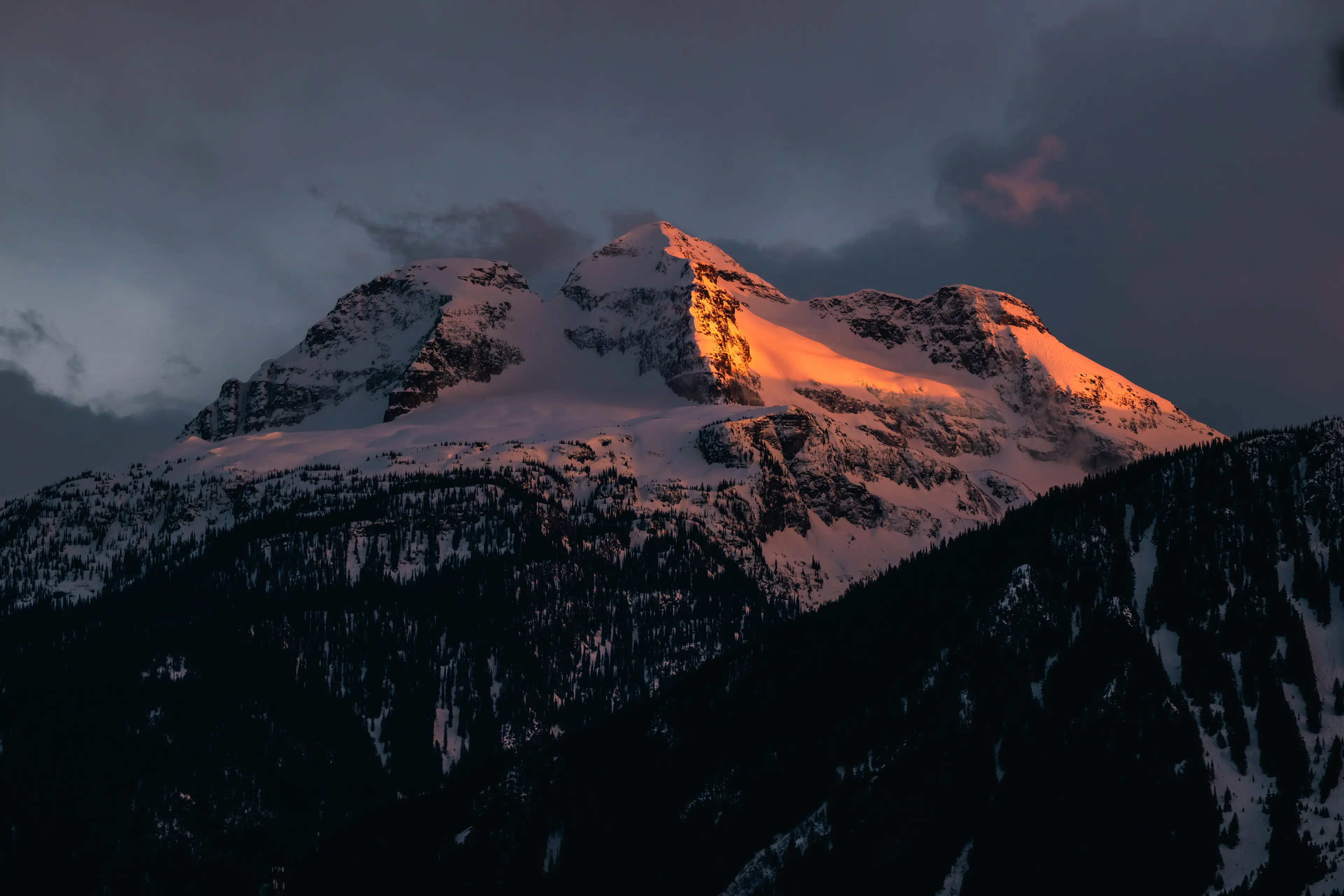
Big Eddy Greenbelt
Adam Whittingham
Welcome to Revelstoke.
Things to do
Explore By Season.
True seasonal climate means make sure you plan accordingly. Discover how to make the most of epic snowfall, whats accessible in the spring and early in the summer season, and what to expect during our sunny months and beautiful crisp fall.

Prepare.
Getting here & Around
Tips and tricks to get you to the heart of these mountain views, around the town and beyond.
Seasons & Climate
What to expect from our average snowfall, accessibility in the spring and early in the summer season, and what to expect during our sunny months and beautiful crisp fall.
Webcams
Check out the current conditions of the roads surrounding Revelstoke as well as the ski resort cameras & snowmobile area cameras.
Visitor Information
From assistance with accommodation bookings and activity suggestions, directions and hot tips on local favorites.

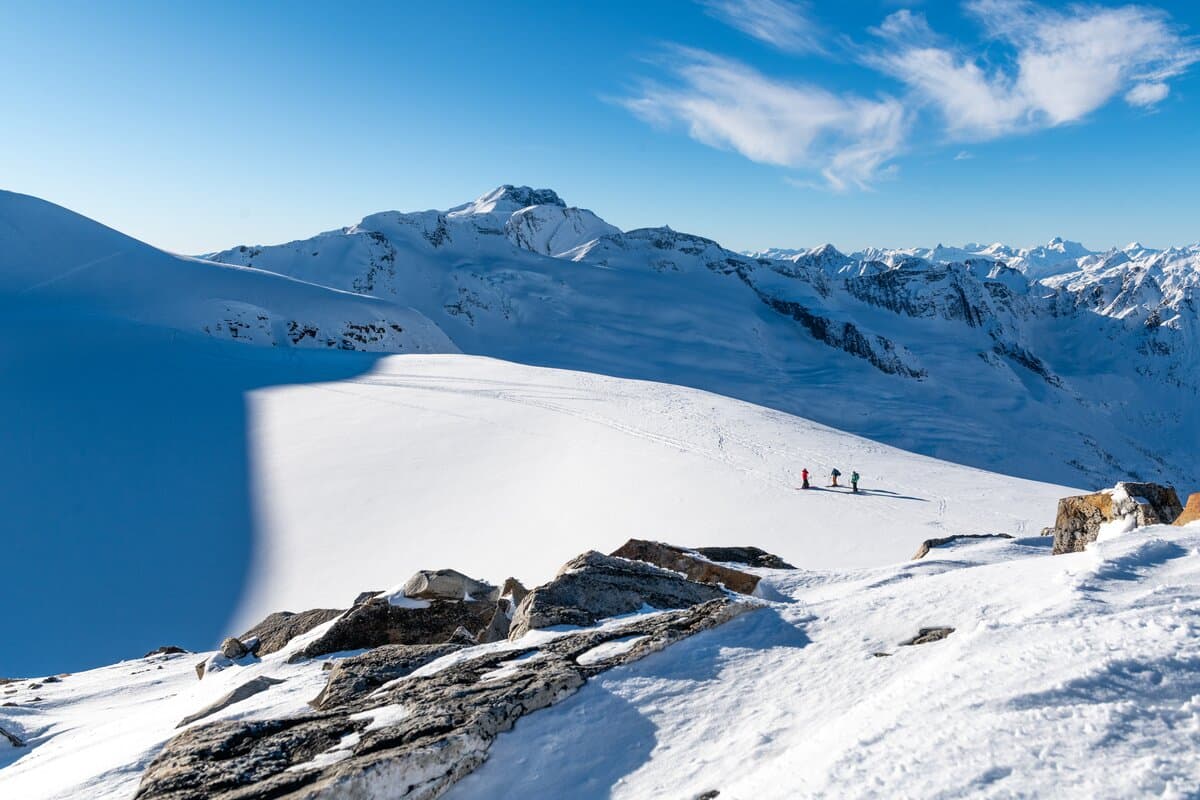
Itineraries
Get Stoked.
Get 15% off REVY. Merchandise in the Revelstoke Business and Visitor Information Centre when you sign up!
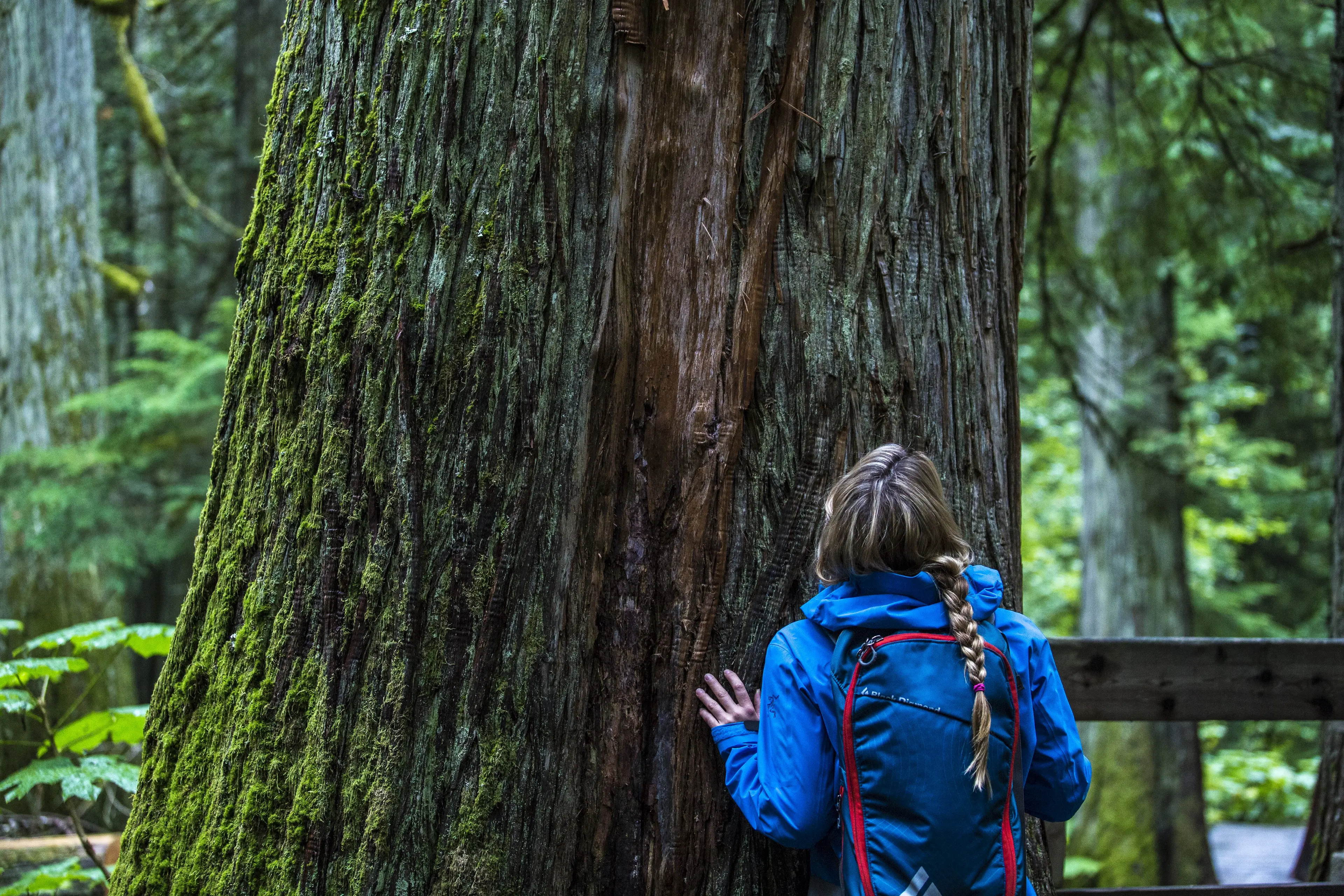
The Real Stoke
Fuel Your Fire Within.
Experience #TheRealStoke for yourself.









)




